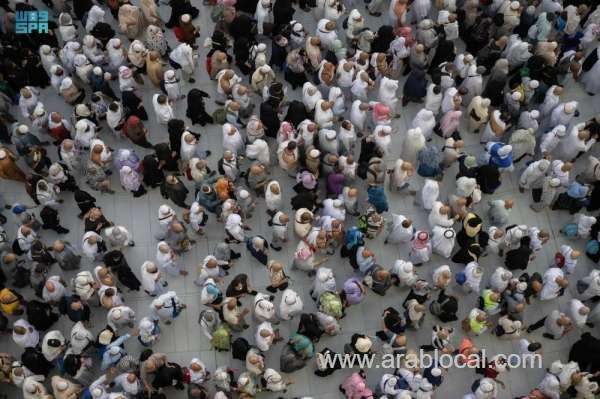The authorities have set the timing for the departure of pilgrims from Mina to the Grand Mosque in Makkah on Friday and Saturday. This strategic grouping of pilgrims aims to ensure a smooth and safe movement while avoiding congestion at the Jamarat Bridge. These plans have been successfully implemented in previous Hajj seasons and prioritize the highest levels of safety and security. Let's delve into the details of this schedule and its significance.
Grouping of Pilgrims for Departure
Deputy Minister of Hajj and Umrah Dr. Abdelfattah Mashat has announced the grouping of pilgrims departing from Mina to the Grand Mosque in Makkah. The departure will take place on Friday and Saturday, providing a well-organized and efficient schedule.
Ensuring Safety and Smooth Movement
The primary objective of this grouping plan is to avoid congestion at the Jamarat Bridge in Mina. By dividing the pilgrims proportionately, the authorities aim to ensure a seamless and secure journey for all individuals, promoting safety and smooth movement towards the Grand Mosque.
Successful Implementation of Previous Plans
The grouping plan has been approved and implemented successfully in previous full-capacity Hajj seasons. This experience reinforces the effectiveness of the strategy, providing positive results and impactful benefits to pilgrims.
Avoiding Jamarat Bridge Congestion
The significance of this scheduling approach becomes apparent during the stoning ritual on the Jamrat Bridge. By organizing the batches of pilgrims over different time slots, the authorities can prevent overcrowding and potential risks, enhancing the safety and security of the pilgrims.
Jamarat Stoning Mechanism and its Scheduling
The stoning ritual at Jamarat commences early morning on Wednesday, Dhul Hijjah 10. Pilgrims arriving via the Mashaer Train follow a designated path from the Mina station near the Jamarat Bridge. Upon arrival, they begin the ritual and then proceed to their camps or the Grand Mosque in Makkah to perform Tawaf Al-Ifadah. The train primarily serves domestic pilgrims, with some participants hailing from South Asian countries.
Successful Movement and Ascendence
All phases of the movement and ascendence of pilgrims on the holy sites have been successful. From the day of Tarwiyah from Makkah to Mina, followed by the ascendence on the Mount of Arafat, and the subsequent movement from Arafat to Muzdalifah, the pilgrims have adhered to prescribed time plans and programs with ease.
Continued Grouping of Pilgrims
The schedule for grouping of pilgrims will continue during the Tashreeq days from Thursday to Saturday (Dhul Hijjah 11-13), ensuring a systematic and well-managed experience for all participants.
Compliance of Service Providers
The compliance rates of companies providing services for pilgrims are generally high. However, cases of non-adherence to schedules will be addressed and appropriate actions taken after the Hajj season. Reports will be prepared to document any failure in rendering the required services.
Smooth and Orderly Ritual Performance
The movement of pilgrims to Jamarat and the performance of the stoning ritual on the first day of Eid Al-Adha proceeded smoothly and orderly. Notably, there were no reports of overcrowding or stampede during the peak hours










